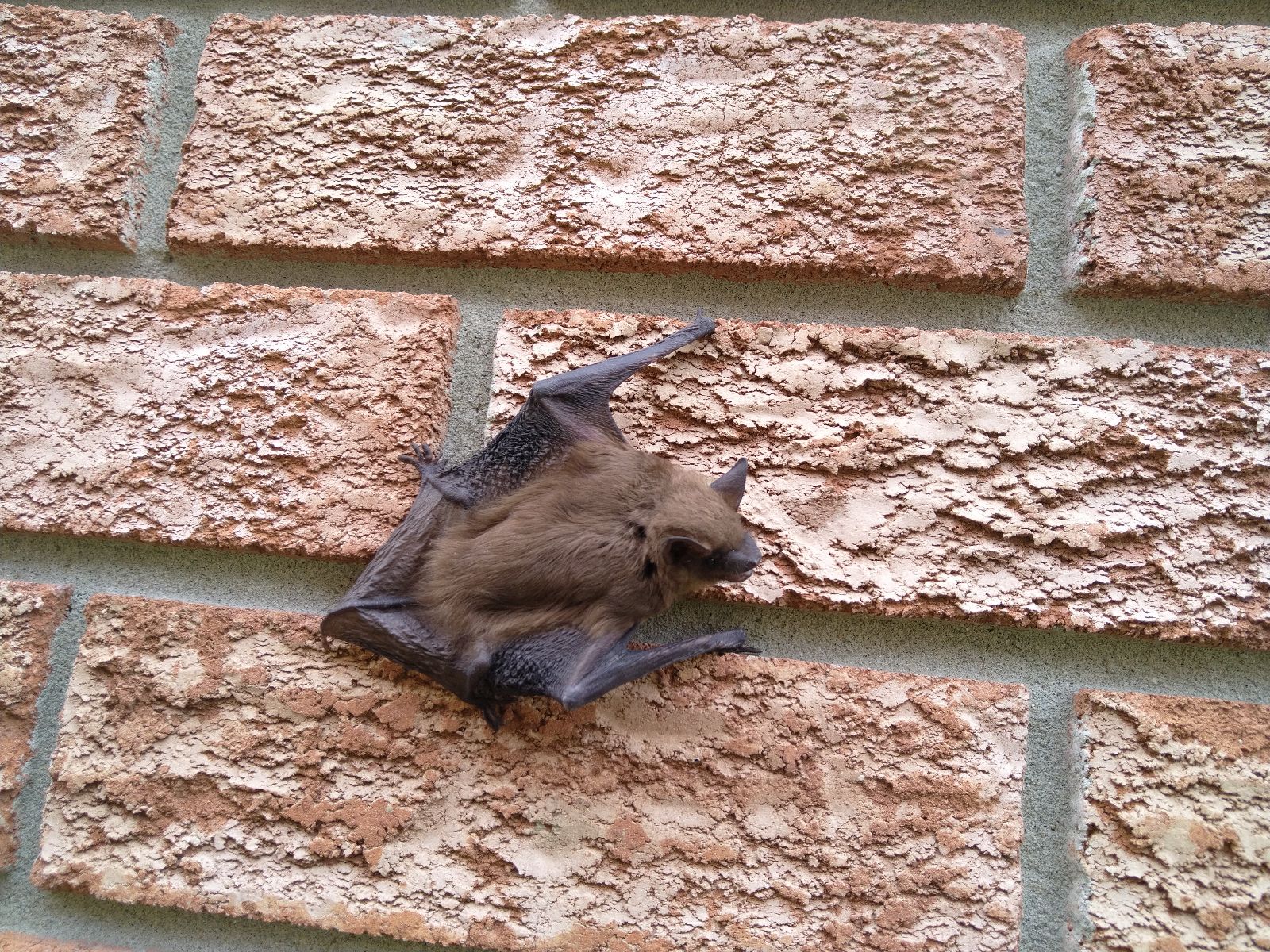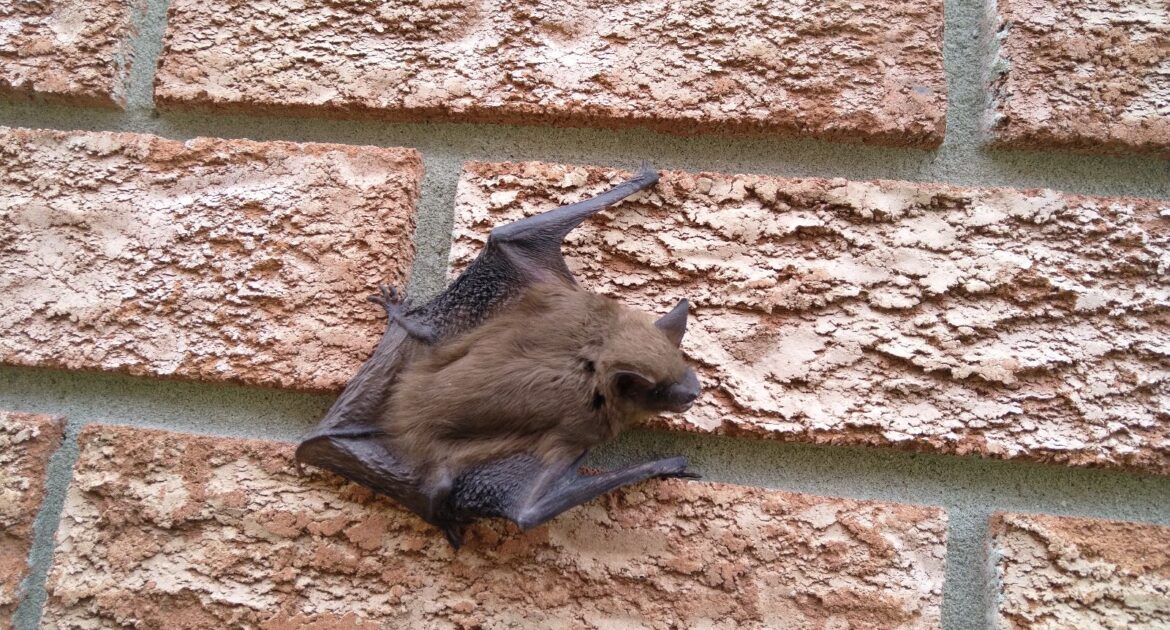As spring quickly approaches, it’s essential to protect your living space from uninvited guests. And no, we’re not talking about nosy neighbors or over-zealous salespeople. We’re referring to a far more elusive intruder – bats.
As cute as they might seem swooping in the dusky twilight, these winged creatures can become a real nuisance when they pick your property as their favorite hangout. This post will guide you on how to ensure that your residence in Minnetonka remains a bat-free zone throughout spring and beyond! With the help of the right wildlife control professionals, you can bid farewell to your pesky bat problem.
Imagine enjoying a peaceful spring without the worry of bats setting up camp in your attic. It’s possible, and we’re here to show you how.
This comprehensive guide will aid homeowners in identifying potential hideouts for bats inside their homes, recognizing signs of a bat infestation, and understanding the risks associated with housing these nightly visitors.
Most importantly, we’ll detail how a dedicated wildlife control service can shield your home from these furry trespassers. Along the way, you’ll learn why we are your best bet for bat removal and how we masterfully execute our three-step process: access and remove, clear and clean, and prevent and protect.
What are the Common Signs of a Bat Infestation in Minnetonka Homes?
From ominous chirping noises to small black droppings in the corners of your home, one thing is clear – you might be sharing your residence with an unwelcome guest this spring: bats.
- Scratching Noises: Bats are nocturnal creatures. They roost during the day and emerge at dusk in search of food. If you’re hearing an unusual amount of noise coming from the attic, walls, or chimney, especially around sunset or sunrise, it might be a sign of a bat infestation.
- Bat Droppings or Guano: Bat droppings, also known as bat guano, are another common sign. These appear as small, elongated pellets that are usually clustered together. Guano can be toxic and carries a strong, musty odor.
- Bats in Living Spaces: Spotting a bat flying around your living space is an obvious sign. While this doesn’t necessarily indicate an infestation, it does mean at least one bat has found its way into your home.
- Visual Signs: Bats tend to leave dark, oily stains on entry points around your home, like windows and doors. Also, if you notice an increase in the number of insects in your house, this could be fallout from a bat presence, as they feed on insects.
Remember, bats are protected species under state law in Minnesota, including Hennepin County. It’s illegal to disturb, harass, or kill bats, except under specific conditions. Also, bat infestations can pose serious health hazards and property damage if left untreated.
If you observe these signs and suspect a bat infestation, it’s time to consider professional, humane, wildlife control in Minnetonka. And who’s better than our team to deal with such matters? We understand bat behavior, know where they hide, and have the expertise and equipment to remove them safely from your property before repairing any damage and securing your home to prevent future invasions.
What Potential Dangers Can a Bat Infestation Pose to Homeowners?
Bat infestations, while seemingly harmless at first glance, can actually pose a significant risk to homeowners. Bats are known to carry parasites and diseases like rabies, which can be potentially fatal. Similarly, their droppings, known as guano, can spread fungus spores responsible for the life-threatening disease, Histoplasmosis.
- Rabies: Bats are one of the most common carriers of rabies, a deadly disease. While not all bats carry rabies, the risk is significant if a person or pet gets bitten by an infected bat.
- Histoplasmosis: Bat guano can harbor spores of the fungus Histoplasma capsulatum. Improper removal or disruption of these droppings can lead to an airborne fungal infection named Histoplasmosis, which can cause severe respiratory illness.
- Structural Damage: Bats can also scrape away at insulation and wiring, causing extensive and costly damage to your home’s structure and internal systems.
For these reasons, immediate bat removal is crucial once you identify there may be an infestation in your Minnetonka home.
Where are the Typical Areas in a House that Bats May Inhabit?
Understanding where bats might take up residence in your home is the first step toward effective bat removal. They are most commonly found in dark, secluded and quiet spaces. Here are some typical places:
- Attics: Bats often prefer attics because of their silent and undisturbed nature. The structure of an attic often has small openings that bats can use for exit and entry points, making it an ideal roost.
- Basements: Bats can also reside in basements that are not frequently used by humans, adding to their appeal.
- Chimneys: Similarly, chimneys offer enclosed and secluded spaces perfect for bats.
- Walls: Depending on the construction of the house, some bats might find spaces in the walls or other isolated and dark corners of your home appealing.
What Specific Methods Does Skedaddle Humane Wildlife Control Use to Bat-Proof a Home?
Our technicians employ a range of specialized techniques to ensure your home is bat-free. Through experience and extensive training, we have developed an effective three-step process that guarantees the full removal and ongoing prevention of bat intrusions. Our proven track record of successful bat prevention and removal in Minnetonka lends integrity to our methods.
Detection and Inspection
We first carry out a detailed inspection of your property to identify potential entrances used by bats. These can range from unscreened vents and chimney caps to cracks and crevices around doors and windows. Nesting spots such as garages, attics, wall voids, and even unused chimneys are carefully checked for signs of bat infestation. Moreover, we pay special attention to signs of guano (bat droppings), as their accumulation can indicate a serious infestation.
Following Bat Activity Patterns
Our technicians are adept at understanding bat behavior, which aids us greatly in our bat-proofing work. By studying their activity patterns – when they leave or return to the roost, and which areas of your home they prefer – we can devise an effective plan that will not only rid your home of bats but make it unappealing to them in the future. Furthermore, this intricate understanding of bat behavior gives us actionable insights to mitigate potential preemptive infestations.
The Use of One-Way Doors
An essential part of our bat-proofing strategy involves installing one-way doors at entry points. These ingenious mechanisms allow bats to exit but prevent them from re-entering, gradually evacuating your home from its unwelcome guests. This cost-effective and humane solution ensures that bats are excluded from your property safely and effectively, encouraging them to find alternative habitats.
Professional-Grade Bat Deterrents
We also strategically use professional-grade deterrents to make your home unappealing to bats. This is a humane and efficient approach to driving these creatures out and stopping them from returning.
Our team’s dedication to providing exceptional wildlife control in Minnetonka ensures your home stays bat-free in the long run. Every solution is species-specific, humane, and efficient, ensuring both the health of your home and the safety of our local bat populations.
Remember, we’re not just getting rid of bats, we’re making sure they don’t come back, offering you lasting peace of mind.
Skedaddle’s unique approach guarantees that we don’t just solve your immediate problem, but we help you understand why it happened in the first place. With us, bat removal isn’t just about the now – it’s about creating a sustainable, bat-free future.
Wildlife Control in Minnetonka: Our Approach to Bat-Proofing
Our bat-proofing methods can be broadly divided into three stages: access and remove, clear and clean, and prevent and protect. Each stage is crucial in ensuring that your Minnetonka dwelling remains bat-free, not just for the spring, but all year round.
Step One: Access and Remove
We begin by performing a thorough inspection of your home to identify where these creatures are hiding. Common bat habitats within a home include the attic, the basement, the chimney, and even inside the walls. After identifying these areas, our expert team uses humane methods to safely remove the bats. By prioritizing the well-being of the animals, we ensure a conflict-free and effective bat removal process.
Step Two: Clear and Clean
Once the bats have been removed, the focus shifts to clearing out bat guano and any other remnants of their stay. Bat guano is a clear indication of a bat infestation and can pose serious health risks to you and your family. Therefore, we thoroughly clean the nesting sites, disinfect them, and carefully remove any harmful substances to restore safety to your home.
Step Three: Prevent and Protect
Our final step of bat-proofing involves strengthening the structures of your home to prevent future invasions. This includes sealing off any potential entry points, reinforcing vulnerable spots with robust architectural-grade material, and offering strategies for you to maintain a bat-free environment.
In this way, we can confidently address any bats in the attic or anywhere else in your home and offer a comprehensive solution. Our bat-proofing methods, along with our commitment to humane treatment, make our wildlife control in Minnetonka a highly sought-after service.
Why Should You Choose Us?
Our years of experience and specialized skills make us the best choice for your bat prevention and removal needs. Our wildlife removal team in Hennepin County utilizes cutting-edge technology for inspections and cleaning and guarantees humane animal removal. Plus, we continue beyond bat removal. Our comprehensive process ensures that your home stays bat-free for the foreseeable future.
Protect your home from bats this spring by allowing us to employ our proven bat-proofing methods. Contact us to request a quote to learn more about our services.




